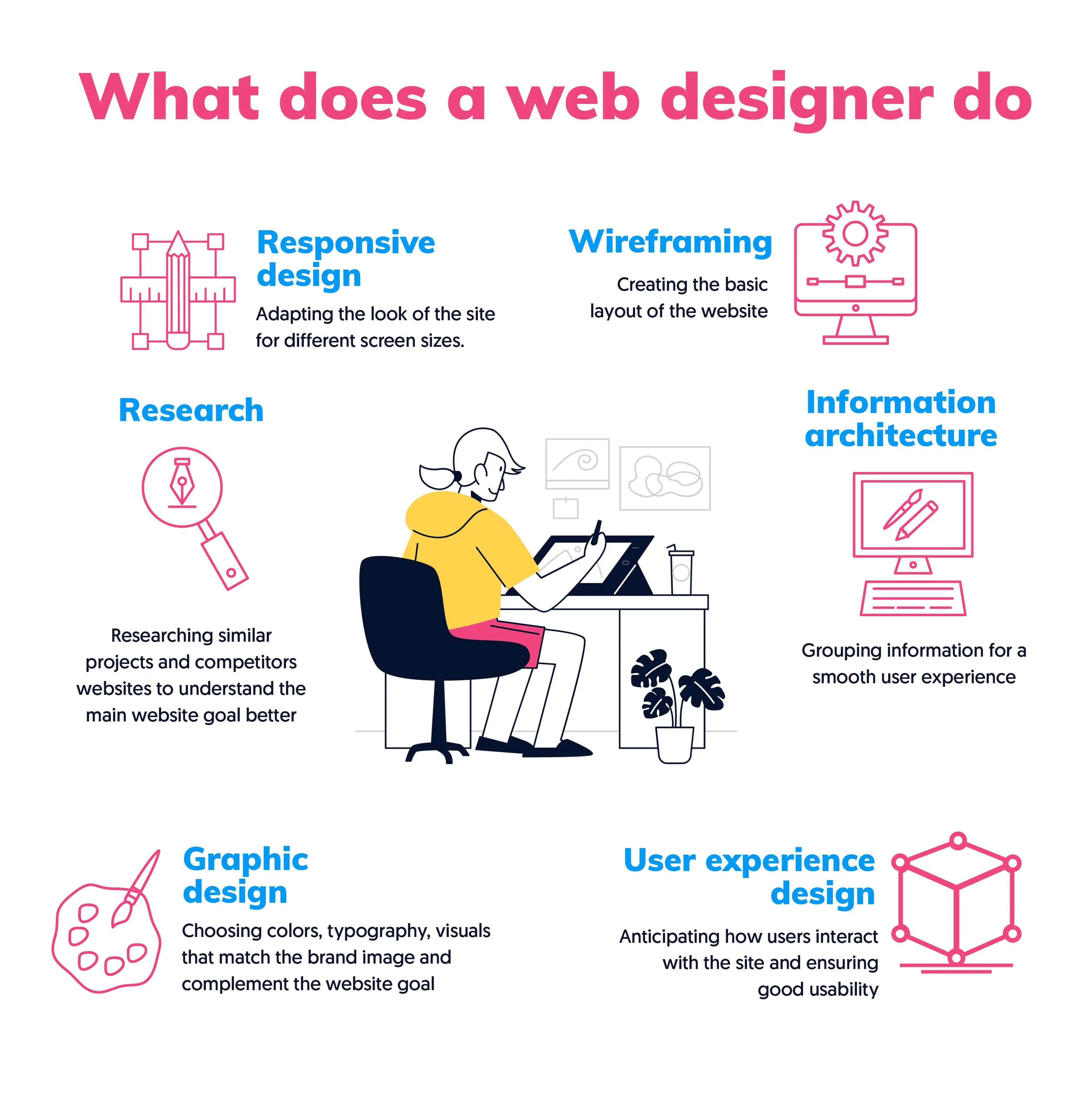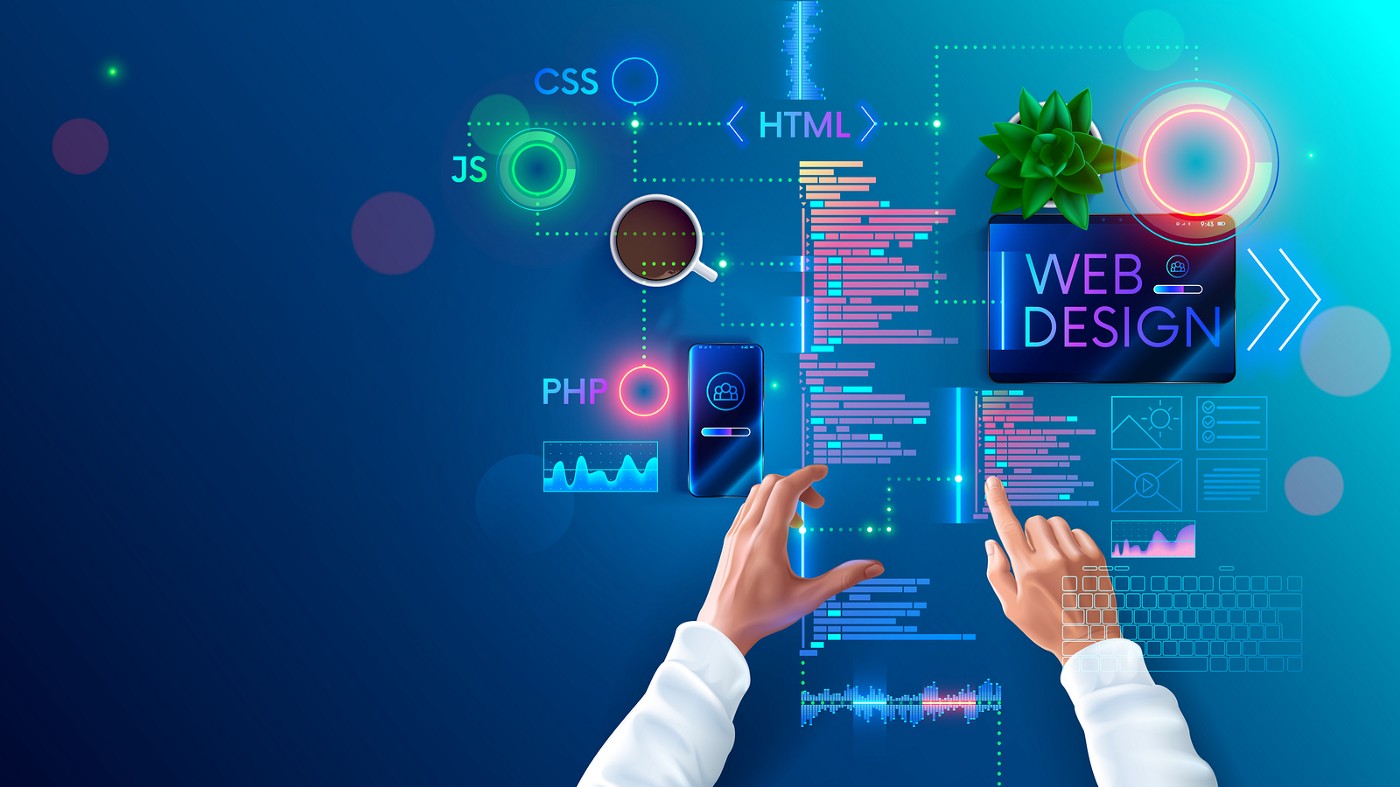Creative Aligned Position Web Design: Cutting-Edge Solutions for Your Website’s Success
Creative Aligned Position Web Design: Cutting-Edge Solutions for Your Website’s Success
Blog Article
The Best Sorts Of Website Design to Boost Individual Experience and Interaction
In the ever-evolving landscape of electronic interaction, the efficiency of Web design considerably affects user experience and engagement. Numerous design methods, such as minimal, responsive, and interactive designs, each offer unique advantages that can provide to diverse customer demands. Recognizing which types of website design finest serve these objectives can be critical for businesses intending to improve customer complete satisfaction and retention. However, the concern stays: which style components really reverberate with individuals and foster purposeful involvement? The exploration of these concepts reveals essential insights that might redefine your approach to website design.
Minimalist Web Design
As electronic landscapes become progressively messy, minimal Web style has arised as an effective method to enhancing individual experience. This style philosophy prioritizes simplicity, concentrating on essential elements while eliminating unneeded diversions. By utilizing enough white space, simple navigation, and a restricted shade scheme, minimal design promotes quality and directs user attention to essential web content.
The core concept of minimal Web layout is to create a smooth communication for users. By reducing cognitive load, individuals can swiftly comprehend info without really feeling overwhelmed. This straight technique not just boosts use however additionally motivates interaction, as visitors are more probable to discover a site that is aesthetically appealing and very easy to navigate.
Furthermore, minimal design typically highlights typography and imagery, utilizing these aspects strategically to convey messages effectively. In essence, minimalist Web design is not simply a fad; it is a thoughtful methodology that recognizes the significance of user-centered style.
Responsive Website Design
In today's varied electronic atmosphere, responsive website design has actually ended up being important for producing a seamless user experience throughout a wide range of gadgets. As users gain access to web sites on smartphones, tablets, desktop computers, and laptop computers, the ability of a web site to adapt its layout and content to various display sizes and resolutions is vital.
Receptive website design employs versatile grids, pictures, and CSS media queries to guarantee that Web material exists optimally, despite the device made use of. This approach not only boosts the aesthetic appeal of a site yet also dramatically enhances use. Customers are more most likely to involve with a website that uses a regular experience, as it gets rid of the aggravation of needing to zoom in or scroll excessively.
By taking on receptive style, organizations can enhance their visibility and reach a more comprehensive audience. In recap, responsive Web style is a fundamental method that improves individual experience, involvement, and general fulfillment.
Interactive Web Layout
Receptive website design prepares for boosting user experience, yet interactive Web design takes this a step even more by engaging users in a much more dynamic method - Aligned Position Web Design. By including elements such as computer animations, clickable prototypes, and real-time comments, interactive Web style captivates users, attracting them into a richer browsing experience
This technique not just promotes interaction but likewise encourages individuals to discover content proactively instead of passively eating it. Strategies such as gamification, where customers earn benefits for finishing jobs, can substantially boost the time invested on a website and boost overall complete satisfaction. Interactive attributes can simplify intricate details, making it much more absorbable and pleasurable.

Including interactive style aspects can also lead to greater conversion prices, as users are most likely to involve with a website that actively includes them. Aligned Position Web Design. Ultimately, interactive website design transforms individual experiences this content into remarkable journeys, ensuring that visitors return time and once more
Flat Layout
Characterized by its minimalistic strategy, level design emphasizes simpleness and capability, removing unneeded aspects and concentrating on vital features. This design viewpoint focuses on functionality, guaranteeing that customers can navigate interfaces with simplicity and performance. By utilizing a clean visual, level design removes the clutter often found in a lot more elaborate styles, therefore boosting customer concentrate on web content and capability.
The characteristic of level layout depends on its use bold shades, basic typography, and geometric forms. These aspects add to an aesthetically attractive interface that is both contemporary and approachable. Furthermore, level design cultivates a sense of clearness, allowing customers to recognize crucial actions and info without diversion.
Moreover, flat design is especially reliable in receptive Web style, as its simplicity converts well throughout different tools and display sizes. The absence of detailed structures and slopes lessens packing times, which is vital for preserving individual interaction. As electronic landscapes proceed to evolve, flat design stays a relevant option for developing easy to use web sites that boost overall experience. By concentrating on crucial attributes, flat style not just fulfills customer requirements yet likewise urges smooth communication, making it a vital part of efficient Web design methods.
Adaptive Web Style
Flexible Web style tailors the customer experience by producing numerous fixed layouts tailored to different screen dimensions and devices. Unlike receptive layout, which fluidly readjusts a single design, adaptive layout employs distinct designs for certain breakpoints, guaranteeing optimal presentation on different platforms. This method permits designers to focus on the special characteristics of each tool, boosting usability by delivering specifically what individuals require based upon their context.
One of the main advantages of adaptive website design is its capability to maximize load times and efficiency. By serving customized content and images that fit the individual's tool, internet sites can decrease information usage and boost loading speeds. This is particularly advantageous for customers with slower i thought about this connections or minimal data plans.

Furthermore, flexible layout promotes a more consistent and controlled branding experience. Given that designers create numerous formats, they can make certain that the visual elements straighten with the brand's identification throughout different platforms - Aligned Position Web Design. This causes a natural customer experience, improving involvement and promoting customer retention
Verdict
Minimal design fosters clearness and emphasis, while responsive layout makes sure versatility throughout different gadgets, promoting accessibility. Collectively, these design approaches contribute to the creation of user-friendly environments that not only boost fulfillment however likewise drive higher conversion rates, highlighting their important significance in contemporary Web design methods.

Minimalist design cultivates clearness and focus, while receptive style guarantees flexibility throughout various gadgets, promoting accessibility. Jointly, these style comes close to add to the development of user-friendly atmospheres that not just boost satisfaction yet also drive higher conversion prices, emphasizing their crucial value in modern Web layout strategies.
Report this page